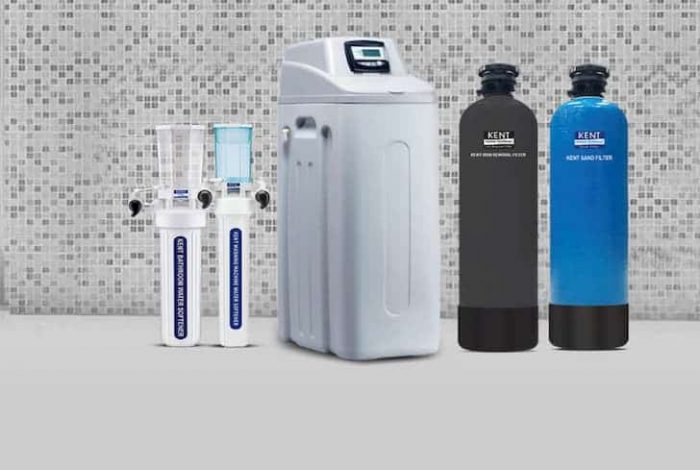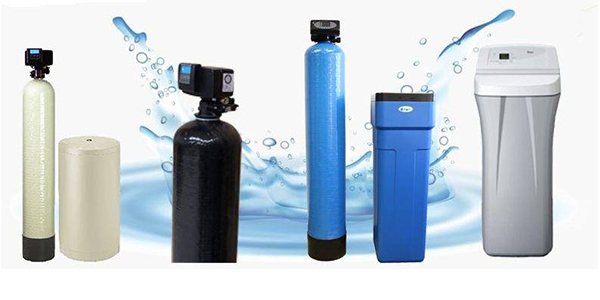Water Softeners
How Do Water Softener Works?
For this description, we will refer to the ion exchange type of water softener as it is the most commonly used. In the process, calcium and magnesium ions in the water are eliminated and replaced with sodium ions. Once hard water enters a mineral water tank, it flows through a bed of spherical resin beads. The beads are made from polystyrene and are charged with sodium ions. Since the beads are anions, they have a negative charge. The calcium and magnesium ions have a positive charge making them cations.
As opposite charges attract, the magnesium and calcium charges will be attracted to the negative charges on the resin beads. The beads continue to grab the mineral ions, displacing the sodium charge that once was on the beads. The end product is water that is void of calcium and magnesium charges. The resin beads continue to strip the hardness out of the water in the mineral tank with soft water entering your home.
Eventually, the beads become too burdened with mineral content and might fail to effectively remove the calcium and magnesium ions. As such, the control valve in the water tank initiates a regeneration cycle. The control valves allow water softening units to be extremely efficient. The maximum capacity is pre-programmed on the control valve’s onboard computer, depending on the size of the house, the number of occupants and the level of hardness of the water.


